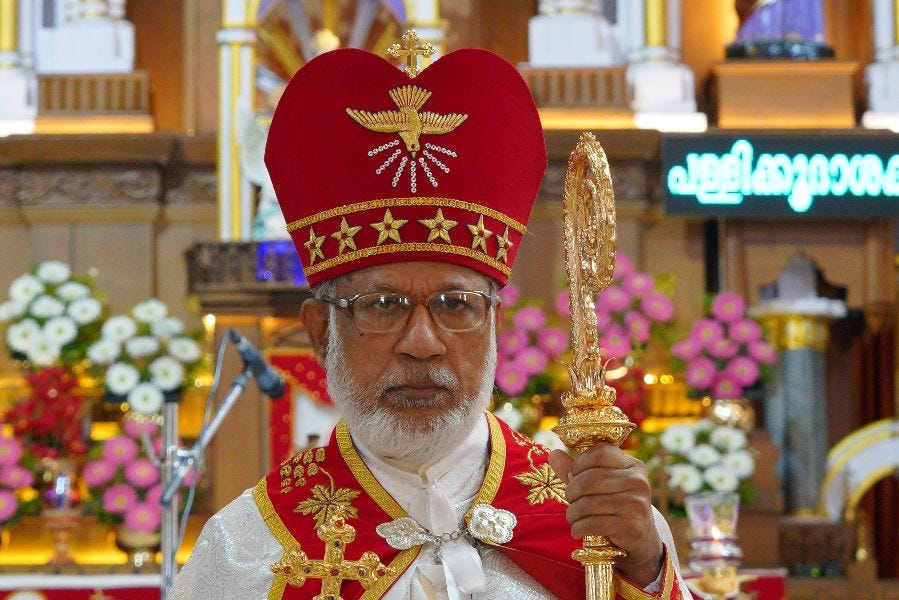Bishops’ meeting ends without breakthrough on liturgy dispute
Syro-Malabar Church leader Cardinal George Alencherry has issued a letter addressing the explosive decades-long conflict.

An eagerly awaited meeting of bishops of the Syro-Malabar Catholic Church ended Saturday with no breakthrough over an explosive liturgical dispute.
On the final day of the Jan. 9-14 gathering at Mount St. Thomas in Kakkanad, southern India, Syro-Malabar leader Cardinal George Alencherry issued a five-page letter describing the latest efforts to resolve t…
